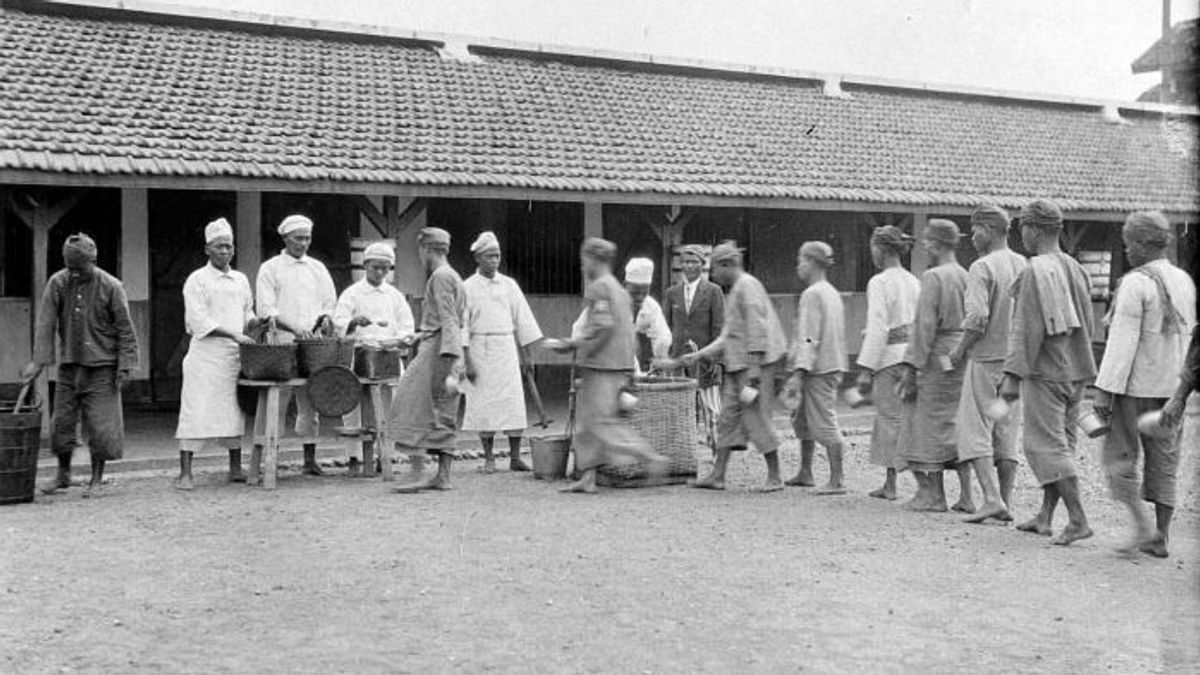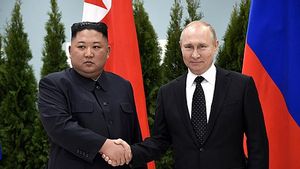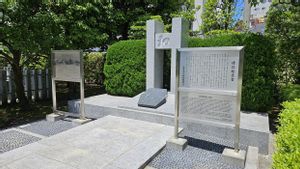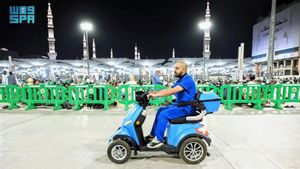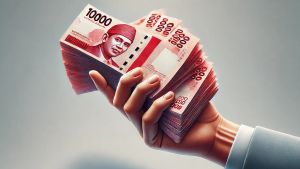YOGYAKARTA During the colonial period, there was a social stratification that divided the community into three main groups, namely the upper class consisting of Europeans, middle class (covering foreign easterners such as China, Arabia, India) and the lower class (consisting of native Indonesians). It is explained about social stratification or social layering of the Dutch East Indies!
Please note, the sitilah of social stratification comes from Latin, namely Stratum (levels) and Socius which means friends or society.
Thus, stratification or social layering are social levels that exist in society.
Compiled from various sources, the social stratification created by the Dutch East Indies government created a complex social landscape, which was divided into three main social classes.
The three social classes include:
In the Dutch East Indies era, the upper class was filled by Europeans. They have a dominant position in various sectors including the economy, trade, and government.
High positions in the colonial bureaucratic system are more often filled by Europeans. In fact, they also have control over plantations, industry, and trade.
This system has created significant social inequality, where Indonesian natives are often ruled out and marginalized in rights and opportunities
The middle class is inhabited by foreign easterners, such as China, Arabia, and India. This social group has an important role in the trade and business sectors.
Chinese people are often involved in business and trade. While Arabs and Indians generally have businesses, such as shops.
Middle class has better access than the lower class. However, they still face challenges in competing with the upper class.
In the social class made by the Dutch East Indies government, the lower class is filled by native Indonesians.
At that time, indigenous people became the most vulnerable and often discriminated against, even exploited.
Not only that, natives also have limited access in various fields of life.
The division of social class during the Dutch East Indies had a profound impact on the social structure and development of the people at that time.
The indigenous people became the group of people most affected by the division of this social class.
Limited access to education and work has created a vicious circle of poverty and backwardness.
In addition, social stratification also creates feelings of low self and inferiority among indigenous peoples, as well as damages social and economic potential.
SEE ALSO:
The indigenous Indonesian population is often not recognized for its existence. This condition creates social gaps among different groups, thus hampering economic growth and community development as a whole.
This is the discussion of the 'described about social stratification or social coating of the Dutch East Indies' people. Hopefully the above review can add insight to the loyal readers of VOI.ID.
The English, Chinese, Japanese, Arabic, and French versions are automatically generated by the AI. So there may still be inaccuracies in translating, please always see Indonesian as our main language. (system supported by DigitalSiber.id)
